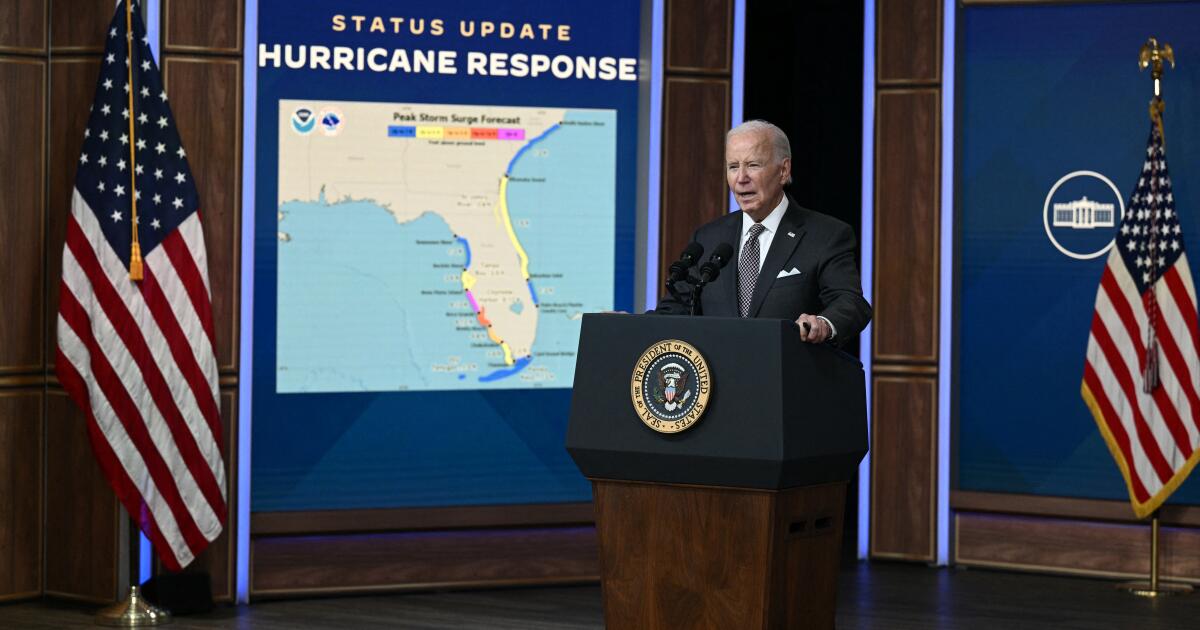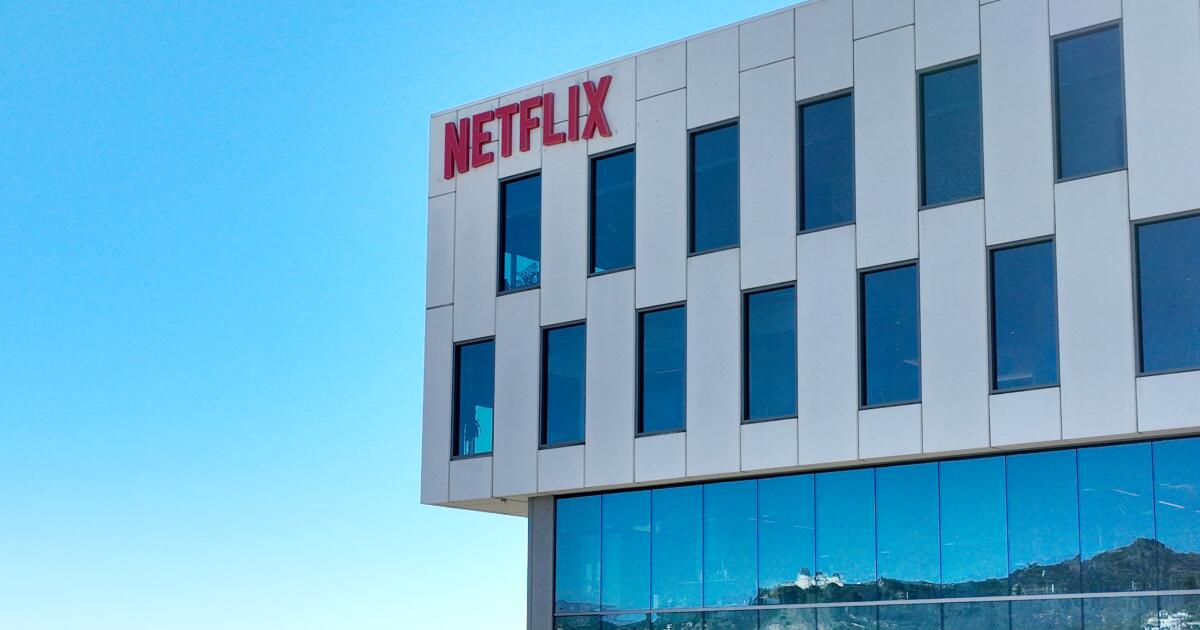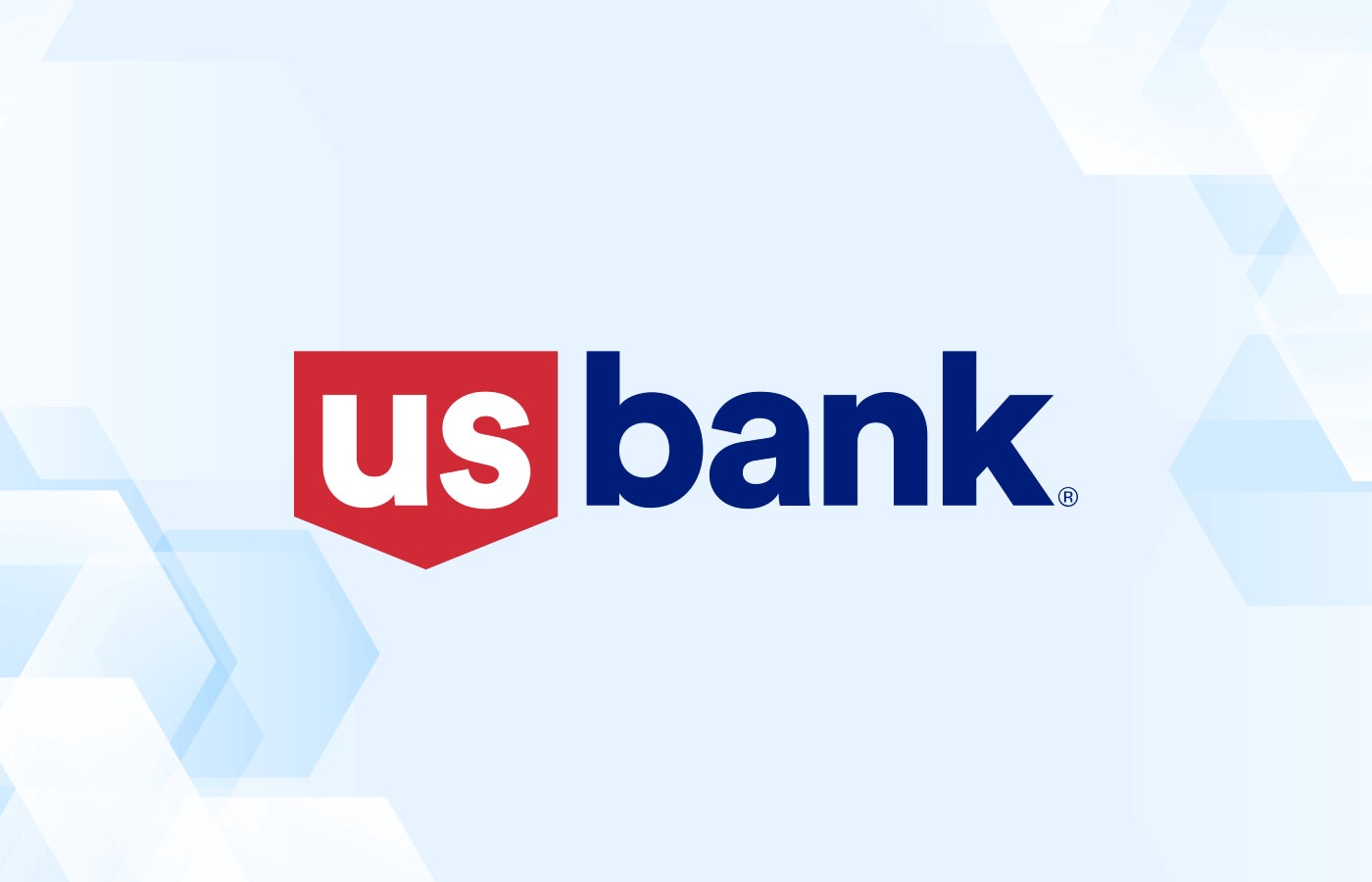As the United States becomes Increasingly polarizeddiversity, equity and inclusion, also known as DEI — initiatives have been promoted as a way to overcome social gaps and promote a sense of belonging for all, especially those who have been traditionally excluded or marginalized.
But in recent years a backlash has begun, and many institutions… Defunding your diversity and inclusion efforts In answer to pressure from workers, lawsuits and yet state governmentsCompanies that have recently scaled back their DEI efforts include Ford, Lowe's, Harley Davidson, Tractor Supply and John Deere. In relation to this, this year, Florida banned state funds from supporting DEI on its 28 state university campuses.
Ironically, Critics of DEI efforts say the programs do not include diverse perspectives. They argue that efforts emphasize certain backgrounds while neglect others. Some argue that these programs Actually getting worse the problems they aim to solve.
While it is easy to dismiss the backlash as being purely a result of intolerance (since not all criticism of DEI is Made in good faith — it is important to consider how DEI efforts can be made more inclusive, in order to garner crucial support. True inclusion cannot happen when people continue to feel alienated. To be clear, my proposed response is not for employers to ignore identity altogether or take a “colorblind” approach, especially since That's not what employees want.Instead, a better approach is for employers to intentionally include people of all backgrounds, to allow everyone to feel a sense of belonging.
Unfortunately, many of the most popular DEI efforts, such as short, one-off diversity training sessions, They have not been proven to be effectiveat least not as implemented. They have not been shown to improve workforce diversity, especially in leadershipIn fact, sometimes they can even be counterproductive. Reinforcing microaggression and bias instead of reducing them.
Research suggests that these problems are a result of how programs are executed. structured and implementedThey often prioritize achieving quick, symbolic wins, such as simply providing certain training, which might be required by law or corporate mandate. This short-term thinking comes at the expense of addressing long-term systemic issues and biases. Daily practices could continue unabated.
For example, it is not uncommon for employers to set aside a few hours each year for workers to attend diversity training in the form of a conference. But this format It often fails to Changing deep-rooted prejudices and behaviors.
Instead, research suggests that diversity training should be collaborative and sustained to enable ongoing dialogue, so that people can honestly confront issues that often go unspoken. This might mean creating a discussion group (made up of people with diverse perspectives) that meets periodically to collectively address workplace issues rather than requiring workers to attend a one-time conference. This strategy makes some intuitive sense: different biased behaviors have different root causes and each requires a different response Rather than a one-size-fits-all solution, it also keeps the focus on the work that needs to be done and how the wisdom of the collective can design solutions to best accomplish the tasks at hand.
In contrast, mandatory training that takes place in an unsupportive environment can cause resentment.
Despite tensions around DEI, most people would likely agree that workers should receive fair treatment and equal access to career opportunities — a core goal of DEI. But defining concepts like “fairness,” “inclusion,” and “diversity” requires difficult conversations that often don’t happen.
The right framing can be a good starting point. Ideas like “inclusion” can be framed in ways that address common core values, fostering collaboration, or they can be framed in ways that address shared core values, fostering collaboration. Politically, promoting division and feelings of threat and defensiveness.
A powerful way to build mutual understanding is to provide opportunities for people to… share your own experiences. When those who feel discriminated against share their perspectivesMembers of an organization can begin to empathize and better understand each other’s perspectives. From there, they find it easier to reimagine policies and structures that can be more inclusive of people who have traditionally been underserved.
To be effective, diversity efforts must not focus only on individual employees, but also in structural practices at the organizational levelFor example, when people from diverse backgrounds have more opportunities to collaborate on work teams, research shows that Bias can be reduced.
Criticism may be mounting, but it is a mistake for employers to scale back their DEI efforts. Instead, they should focus on improving them. American society is becoming increasingly Increasingly diverse — and organizations must prepare and adapt.
Many workers value DEIMeanwhile, research indicates that workplaces with poor inclusion climates have worst turnover rateswhich in turn leads to high replacement and training costs for the employer. Ultimately, employers who do not provide what workers want (inclusive work environments) are likely to be less competitive.
A diverse workforce is An asset to the organizationThis can be encouraged to produce positive outcomes for employers. The benefits have been empirically demonstrated in many fields including health care, education and businessGreater diversity has been linked to improvements in innovation, communication, organizational performance, and profits. A diverse workforce can provide better service to increasingly diverse customers.
Organizations should not back off from their workplace DEI efforts just because of a negative cultural backlash. Instead, they should redouble their efforts and use a more inclusive approach that emphasizes civility and dialogue, one that aims to Finding common groundMoving from an “us versus them” mentality to an approach focused on empathy, support and connection can change hearts and minds.
Henry Tran is an associate professor of educational leadership at the University of South Carolina. This article was produced in collaboration with The conversation.












